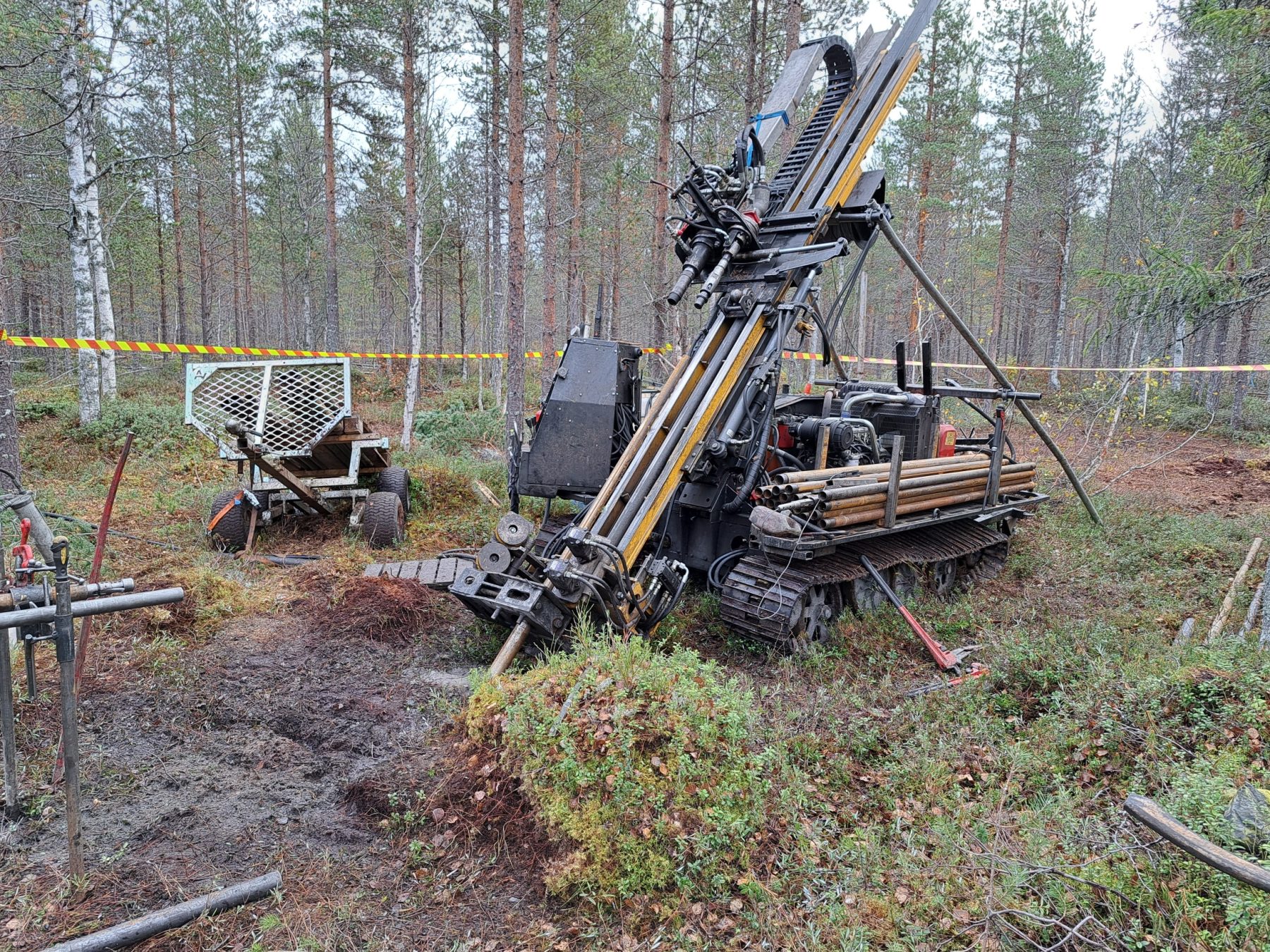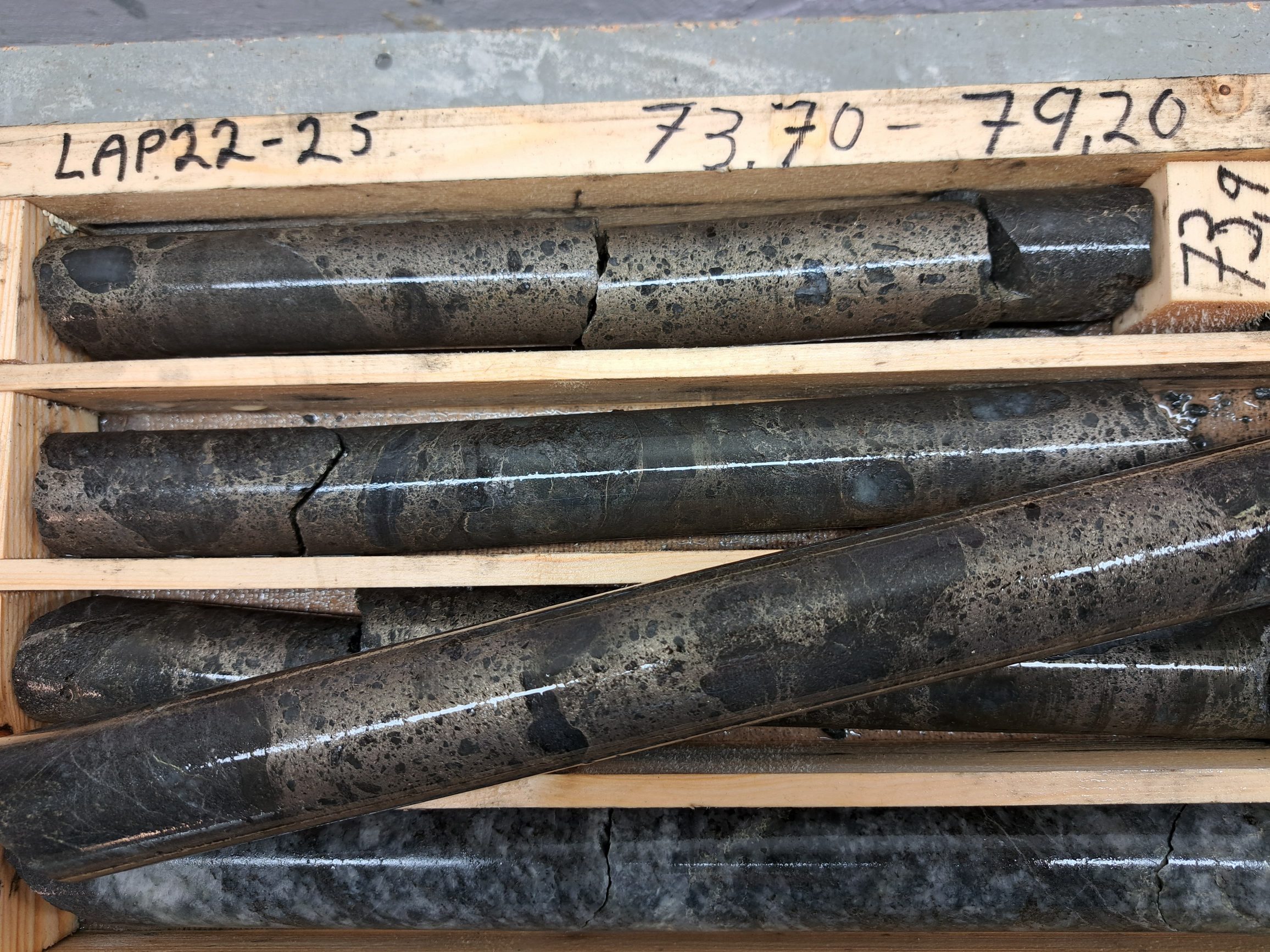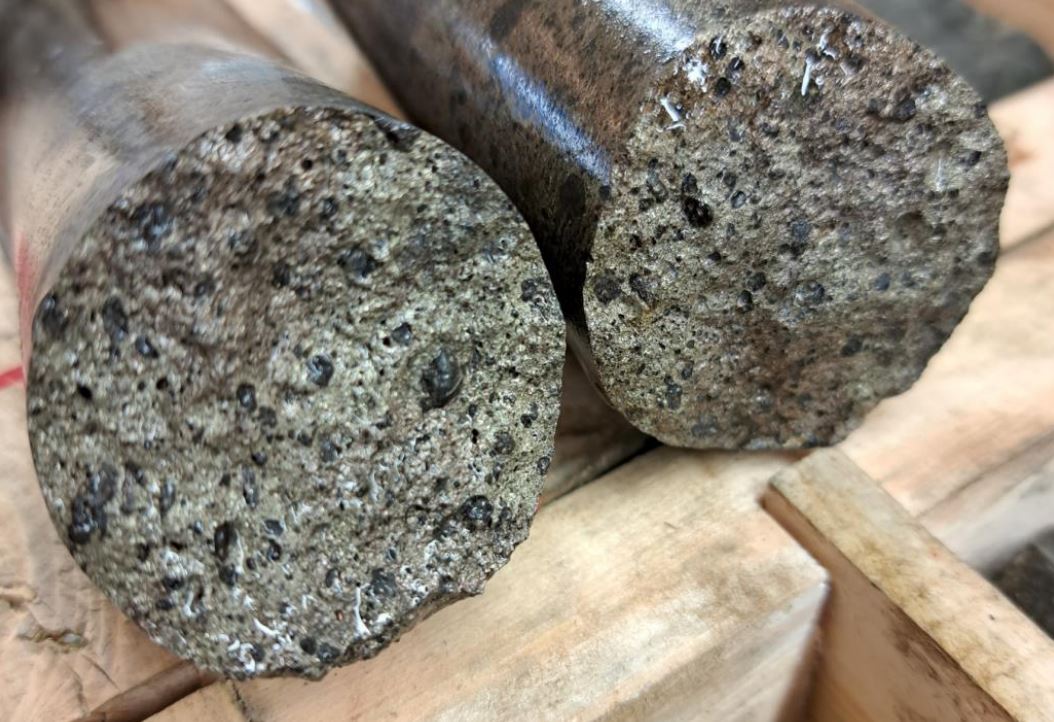ron hall
The Nordic countries have long been known for their rich reserves of minerals and ores that have been mined for centuries. In the past, these resources were used to build strong and durable buildings and power the economy. Mineral and ore mining in the Nordic region remains an important industry today, although it has grown over the years.
The Nordic countries are located in northern Europe and include Norway, Sweden, Finland, Denmark, and Iceland. These countries are known for their cold climates, but they also host some of the most productive mineral deposits in the world. The most common minerals in the area are iron ore, copper, zinc, nickel and gold. Other valuable metals such as lead, silver and uranium can also be found in the area.
The largest mining companies in the Nordic region are located in Sweden and Finland. These companies specialize in the mining and processing of different minerals and ores. For example, the Swedish mining company LKAB is one of the world’s leading iron ore producers. LKAB also produces copper, nickel and zinc. Finnish miner Outokumpu is Europe’s largest zinc producer and also produces copper, nickel and gold.
The Nordic countries also have a long history of gold mining. In the past, gold was mined in the area for coins, jewelry and art. Today, gold mining remains a major industry in the region, with many companies operating in Finland, Sweden and Norway.
In addition to mining metals and ores, the Nordic countries are also known for producing oil and natural gas. The largest oil and gas companies in the region are based in Norway, including Statoil, Equinor and Aker BP. These companies are responsible for most of Norway’s oil and gas production.
The Nordic region has many other minerals and resources such as timber, coal and peat. Wood is mainly used in construction and paper products, while coal is used to generate electricity and heat. Peat is used to produce peat fuel and fertilizer.
Minerals and ore extraction in the Nordic region is an important industry that contributes significantly to the economies of these countries. As the demand for minerals and ores continues to grow, so does the need for efficient and responsible mining practices.
The Swedish Geological Survey (SGU), together with relevant agencies in other Nordic countries, has produced a report highlighting the potential to extract key metals and minerals (CRMs) such as cobalt and lithium used in the battery industry, as well as the mineral graphite, as well as rare earth metals, Among other things, they are the basis for electric car engines and wind turbine generators.
According to reports:
“In some cases, critical raw materials are critical to the green energy transition. The fundamental technological change in society and industry – the green energy transition – that is now seeking to reduce our CO2 emissions and thereby combat climate change also requires new and in many cases dramatically increased demand for a variety of raw materials . To be able to produce, transport and store energy in new, CO2-reducing and efficient ways, as well as to electrify today’s areas based on fossil technology, such as the automotive industry, specific technologies are required and access to many equally special raw materials needs to be secured. ”
The report found that in terms of mineral richness, Nordic bedrock rivals the most mineral-rich regions in the world, such as Canada, the US, Brazil and Australia, supplying virtually all critical raw materials as defined by the European Union. . Transforming the current “high carbon emission” society into a “low carbon emission” society is an important part of climate change mitigation.At its core is the so-called “green energy transition”, an all-encompassing Transition from non-renewable to renewable-based energy production, storage, transmission and use. This is a major technological change, including a significant increase in demand for various raw materials, which, combined with general technological developments in society and industry, has led many major global economies, such as the European Union, to define a set of mineral-critical raw materials (CRM ). A raw material is considered “critical” if it is of high economic importance and its supply is associated with a high risk of disruption. A secure and resilient supply chain for CRM is critical to the economic security of any industrialized country or larger economy, including the Nordic region.
The report further highlights that continued research and joint Nordic databases will make it easier for policymakers and businesses to see opportunities in the field.
A secure and resilient supply chain for CRM is essential for the economic security of any country, including the Nordic region and Europe, to facilitate technological leadership. Additionally, many CRMs are critical to controlling climate change for a low-carbon society. In the context of the green energy transition, recycling falls far short of the expected growing demand for CRM. For example, global demand for lithium and graphite, two of the most important raw materials for electric vehicle batteries, is projected to increase more than 40-fold by 2040 if the world meets current climate goals. Even with the projected increase in recycling, a 2021 report from the International Energy Agency showed that, “Recovering large quantities of copper, lithium, nickel and cobalt from spent batteries could reduce the combined primary supply requirement for these minerals by around 10%”. Therefore, there is an urgent need to map the availability and potential of CRM supplies also from the Nordic bedrock.
 Gungnir Resources [GUG-TSXV, ASWRF-OTC PINK] Nickel-gold exploration in Sweden, with its flagship Lappvattnet and Rormyrberget nickel projects located in the eastern Vasterbotten district of northern Sweden, an area geologically comparable to Manitoba’s Thompson nickel belt for its gold and massive sulphides of volcanic origin (VMS) deposits.
Gungnir Resources [GUG-TSXV, ASWRF-OTC PINK] Nickel-gold exploration in Sweden, with its flagship Lappvattnet and Rormyrberget nickel projects located in the eastern Vasterbotten district of northern Sweden, an area geologically comparable to Manitoba’s Thompson nickel belt for its gold and massive sulphides of volcanic origin (VMS) deposits.
Gungnir’s portfolio includes the Knaften project, which has an intrusion managed gold system in development, as well as VMS (zinc-copper) and copper-nickel targets. All of these can be expanded and further discovered.
Led by CEO Jari Paakki, a seasoned mining executive with 25 years of experience in gold and metals exploration, 12 of which in Teck Resources Ltd. (TECK.B-TSX, TECK.A-TSX, TECK-NYSE), Gungnir hopes to attract the attention of major mining players after recently announcing impressive drilling results at its high-grade Lappvattnet nickel project.
With an expected surge in demand for nickel due to increased demand from the electric vehicle industry, the company appears to have seized the moment.
Gungnir has a 100% interest in the Lappvattnet and Rormyrberget projects, which are approximately 40 kilometers apart and held under two different licenses covering 471.4 hectares. The Lappvattnet Inferred Resource is 780,000 tonnes grading 1.35% nickel or 231 million pounds nickel. Rormyrberget has a larger but lower-grade Inferred Resource of 36.8 million tonnes grading 0.19% nickel or 154 million pounds.
Notably, the projects are about an hour’s drive south of the major industrial centers of Boliden and Skelleftea, where mining and smelting facilities are well established and new battery manufacturing plants are under construction.They are also within easy driving range of the metalworking business held by Boliden AB [BOL-NASDAQ]which has major mining and smelting operations in Sweden.
 Gungnir’s recent focus has been on the Lappvattnet deposit, where the company is undertaking a systematic program to upgrade and expand existing resources as outlined in the 2020 technical report. So far, the company has drilled a total of 45 holes in 2021 and 2022 to a total depth of 5,435 meters.
Gungnir’s recent focus has been on the Lappvattnet deposit, where the company is undertaking a systematic program to upgrade and expand existing resources as outlined in the 2020 technical report. So far, the company has drilled a total of 45 holes in 2021 and 2022 to a total depth of 5,435 meters.
Judging by recent results, it’s clear that the effort is paying off. Since the launch of the first drilling program in August 2021, exploration has resulted in consistent shallow drilling of high-grade and broad-grade nickel mineralization.
The highest-grade nickel intercept drilled to date was contained in hole LAP22-25, which returned 4.04% nickel over a wider interval of 1.49% nickel over 18.28m over 5.76m, from a downhole depth of 57.72m.
“All of our detections are located less than 100 meters below surface and cover a strike length of 400 meters in the western and central part of the Lappvattnet deposit,” Paakki said. “Going forward, our plan is to continue to identify this high-grade nickel deposit and new footwall targets further east to depths that have been rarely drilled in the past,” he said.
The company said holes LAP22-25 were drilled in the middle of the Lappvattnet nickel resource, separating the gap between two historic holes (LAP74292 and LAP76008). The hole appears to have penetrated a thickened mineralized zone, possibly a folding hinge similar to LAP22-10 (80m east), returning 2.35% Ni over 9.0m, including 5.66m from downhole Above 3.02% nickel to a depth of 66m.
The company said it expected to report further results from the central Lappvattnet drill hole (12 holes) in January and early February 2023. The full results for 2022 will be compiled once all results are received, the company said.
Gungnir offers a low-risk window to exploration upside for gold and base metals. The stock, which traded at just under 10 cents on January 23, 2023, is currently trading in a 52-week range of 17.5 cents and $0.065, giving the company a market capitalization of just 11.4 million based on 119.6 million shares outstanding Dollar.
 Management and directors hold a 12.5% stake in Gungnir, which has $2.7 million in working capital and no debt.
Management and directors hold a 12.5% stake in Gungnir, which has $2.7 million in working capital and no debt.
If it attracts the interest of major companies, Gungnir is likely to accelerate its exploration work in Sweden. However, it recently caught the attention of Altius Minerals Corp. [ALS-TSX, OTCQX] It has the option to acquire a 2.0 percent royalty on sales of the Lappvattnet and Rormyrberget projects for $8 million and a 1.0 percent royalty on sales of Knaften for $2 million. “Having Altius on board de-risked the project,” Gungnir’s chief financial officer Chris Robbins said in an interview with Resource World.
The company recently added the Hemberget asset to its Swedish portfolio, which includes an 11-kilometre gabbro-ultramafic intrusion and a copper-nickel target.
Beyond nickel, Gungnir offers investors a window into gold exploration through its 100%-owned Knaften project, a 4,887-hectare project about 100 kilometers west of the nickel project along a regional trend known as the “gold line” . Line holds many gold mines, including Agnico-Eagle Mining Limited’s (AEM-TSX, AEM-NYSE) 2 million ounce Barsele gold project. Gungnir has made a number of new discoveries at Knaften, including a potentially sizable intrusion-related gold system (Knaften 300), a new VMS zinc-copper base metal target called Rodingtrask, and a new copper-nickel target.